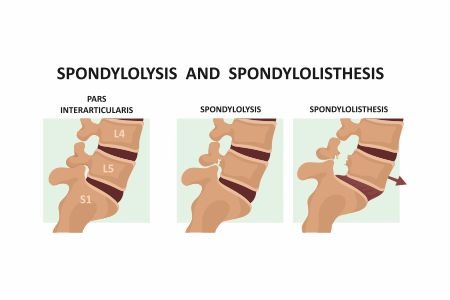Spondylolysis and Spondylolisthesis
Causes, Symptoms, Complications, Prevention, Diagnosis and Treatment
What is Spondylolysis?
Spondylolysis is a type of arthritic condition which is caused due to wear and tear of the spine over time. It occurs when the joints and discs start degenerating due to bone growth on the vertebrae. This change results in impairment of the movement of the spine and affects the nerves and other functions. Since it develops and progresses over time, it is mostly associated with old age. However, most patients suffering from this condition may not experience any obvious physical symptoms other than pain and muscle spasms. Spondylolisthesis is a condition of the spine affecting the lower vertebrae in which it causes the lower vertebrae to slip forward over the bone directly below it. Spondylolysis is different from Spondylolisthesis because it refers to only the separation of facet joints whereas Spondylolisthesis is a condition of slippage of one vertebrae over another.





 Appointment
Appointment WhatsApp
WhatsApp Call
Call More
More

